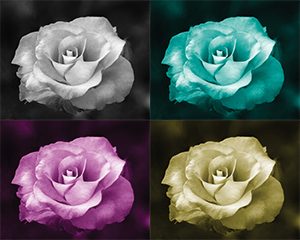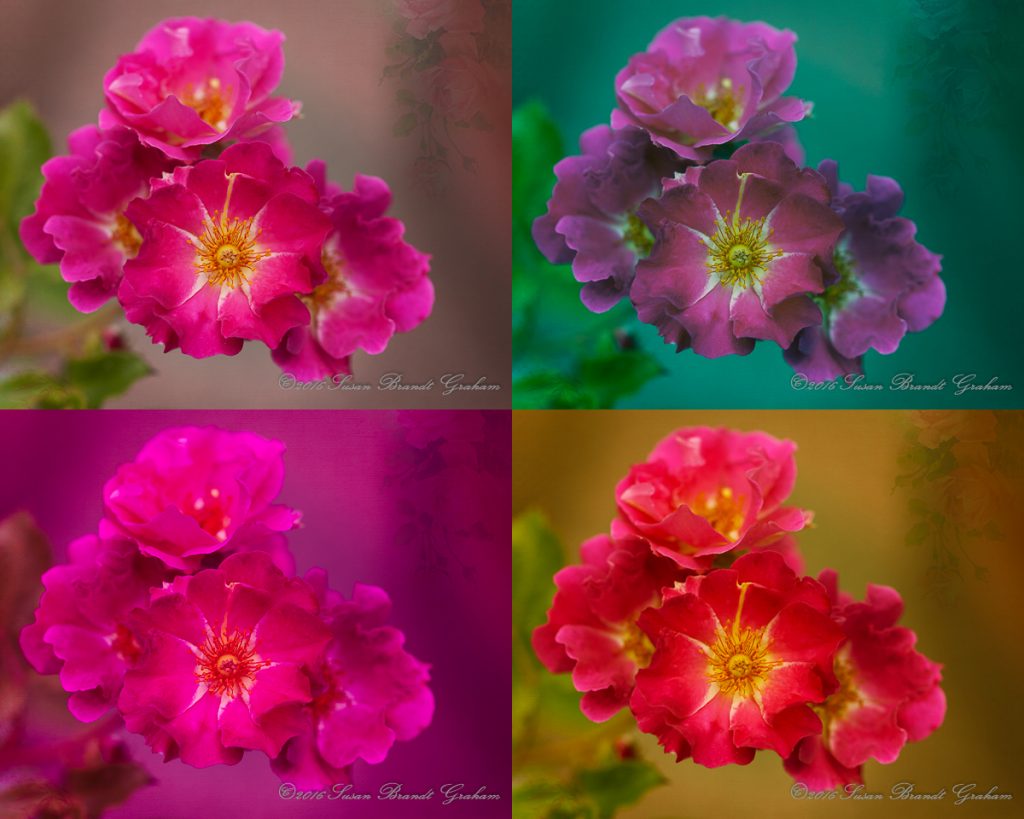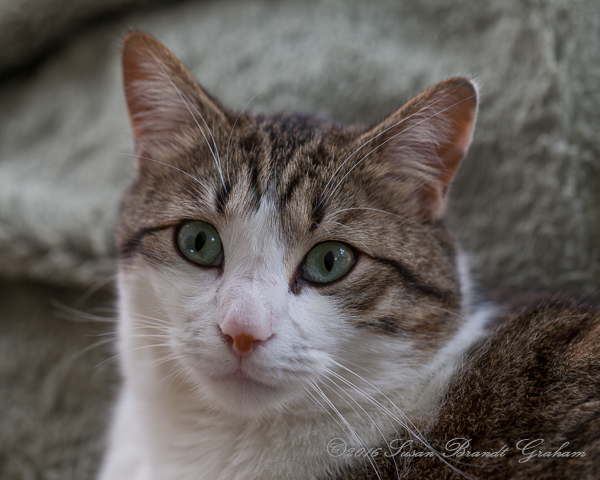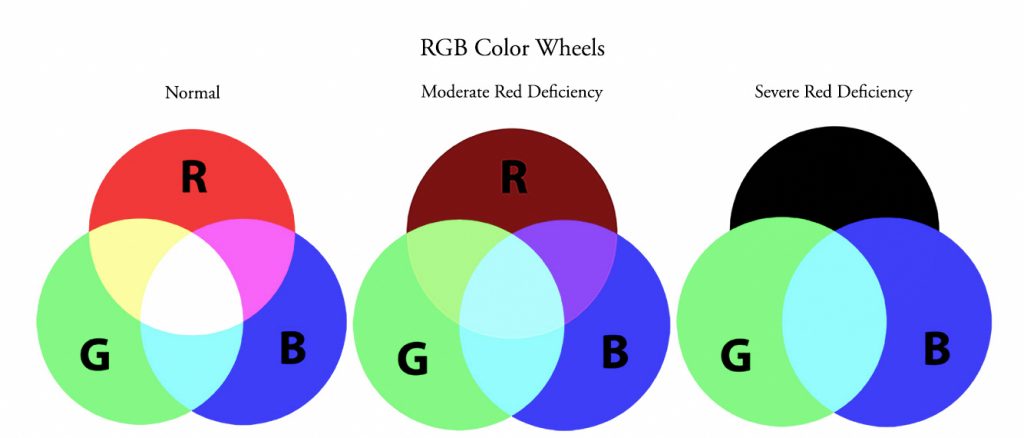A new post, “Black and White in Color,” is up at Seeing Color Colorblind.

Thank you for your interest!

Susan Brandt Graham Photography
Life from a Southwest Point of View
A new post, “Black and White in Color,” is up at Seeing Color Colorblind.

Thank you for your interest!
Courtship display did not even enter my head as I photographed this young Cooper’s hawk putting on some kind of display in a large juniper tree in my neighbor’s back yard. I knew I had never seen anything quite like it, and I felt very lucky to have photographed it. I posted some of the images some time ago, and then things in my life got busy. Then they got even busier.
At the moment, I am still busy, but, at least temporarily, things seem somewhat stable. 2016 has started off great in terms of productivity with photography and photo essays. Color vision is my current passionate interest. In working on that, however, I came across the images of the hawk display. Over time I have come to realize what that display was: a courtship display. This behavior is described in the literature, but photographic documentation is scarce. I decided to take a little break from the color vision, and publish the images, both in paperback format and Kindle format. This is the first volume in a series, “As Seen in New Mexico…”
“Cooper’s Hawk Courtship Display” will be available in both formats at Amazon some time in June (mid-to-late). I’ll post when they are available at my Amazon page.
This is the Kindle cover, as well as the front cover for the paperback:

Was this young male just confused, or was there method in his madness??? Stay tuned…
Color vision is something in which I have always had some interest, but in the past 15 months or so, after seeing the first EnChroma video, color vision has become something of a passion.
For readers here, at Susan Brandt Graham Photography, who would like to see the regular images, I have set up a separate site for the issues of color vision. I thought long and hard about that decision, given this site and my gardening site, Southwest Desert Gardening, and the time constraints, etc., etc.
The new site is Seeing Color Colorblind. It has a static front page, meaning blog posts do not appear on the landing page, which has general information. The blog posts are listed in the sidebar under “Recent Posts.” I wanted to prepare you for slightly different navigation from a typical blog, but it suits the topic there.
I will continue to post here, as well as there.
After completing the volume comparing normal color vision to red dichromacy, “Seeing Color Colorblind: Protanopia Part I,” I’m expanding the types and degrees of color deficiencies with which I’ll be working. Here is just a glimpse of where my work is going:

This site will remain the same, but the new site will contain the ongoing “colorblindness” work.
I hope to continue to see you here, maybe over there, and for some of you, maybe even both places! 🙂
Friends and photography are not the first combination that comes to mind for many serious photographers preparing for a day of creating photographs. Photographers like to spend their time looking at things, from all angles, up close, from a distance, etc., often things that many people find less than interesting to begin with. But, if you are really lucky, you might find friends you really enjoy being with for a day of exploring what’s out there in the world to enjoy and to photograph.
Many readers here know Tim and Laurie from their blogs, Photo of the Day, and TandLPhotos. Over the years, what began as an occasional friendship around one hobby interest (roses) became a multidimensional friendship in many aspects of life.
We’ve done a variety of “photo excursions” and “photographic expeditions,” days that start with a general plan and always evolve into just going with the flow, seizing what the day had to offer. Tim and I share the same birthday, and we’ve always tried to plan an outing for the weekend closest to that day. It just didn’t work out for many reasons in 2015, and yesterday was the first day in some time that Tim, Laurie, and I were out to capture the moment together. It was not at all planned as a “photo excursion.” But, as many times in the past, the day became a photo excursion.
Over the next few days and weeks I plan to post a variety of images from yesterday. But this post is to honor a day of friendship, of being with people who honor the joy of living each day fully.
The “excuse” at the start of the day was the 3rd Annual Corrales Rose Society Dr. Huey Tour. But, the day became so much more.
Laurie, the artist
Tim, the photographer
The Old San Ysidro Church and Cemetery
At Tim and Laurie’s
Spunk, one of Tim and Laurie’s seven cats. He looks so sweetly innocent, but don’t be fooled. 🙂 He is an extremely intelligent, curious cat, which has gotten him into a bit of trouble. He has destroyed enough things that he has a running tab and has to model to help pay down his debt. He is very accommodating as a portrait model. 🙂

Yesterday was a wonderful day with friends and photography.
“Seeing Color Colorblind” is now available at Amazon as a paperback book, in addition to the Kindle e-book version released earlier in April. I am as proud of this 60 page, 8×10 paperback book as I was of my PhD dissertation; maybe more so. It represents a labor of love for the colorblind people who have always been in my life, and whose world I really did not understand until I began this project.
From the Amazon description:
What do colorblind people see? What does the world look like to them? No single “right” answer exists, because there are different types and degrees of what is more appropriately called “color deficient vision.” Formally trained in Anthropology (PhD) and Medicine (MD), Susan Brandt Graham is a photographic artist who has had a lifelong interest in understanding how “colorblind” people see the world. Using the art and technology of digital photography, she unlocks the fascinating world seen by people with severe red deficient vision. From images in her professional portfolio, she creates diptychs that are indistinguishable to her son, who, like his maternal grandfather, has a severe red deficiency. This instructive and affordable volume is useful for people with red deficient vision to explain to others what they see; for family and friends to understand the world of their loved one; for ophthalmologists, optometrists, pediatricians, and other healthcare professionals who diagnose color deficient vision to use in explanation to patients and family/friends; for teachers to help students empathize with classmates who may perceive the world differently; and for anyone who desires to understand how others may see the world.
In the summer of 2015, after seeing the first of many videos from EnChroma, the company that makes special glasses that allow many, but not all, colorblind people to see a wider range of color, I tried experimenting with three of my images to see if I could produce images that my son would see as the same, even though quite different to me. I knew that, at least in theory, those three images should be close. But, I really did not believe the results. I did not think anyone saw the world like that. How could they? I mean, green people? I knew my son did not see me in shades of cyan. It was just too strange.
I posted those images here, and didn’t give it more thought because I did not believe them. I don’t think I even mentioned it to my son until quite a bit later. Some time later, when he saw the three pairs, he said, “Oh, yeah, those look the same to me.” What? The theory that should have worked, but produced results so strange to me I could not believe them at the time, produced results that were real and accurate.
Early this year (2016) I converted a series of additional images, and my son confirmed that each pair really did look the same. We were able to do the work at a distance, using computers, and on April 2, released the Kindle version of “Seeing Color Colorblind.”
In retrospect, that work was very easy in comparison to producing a print version. Monitors, hand-held devices, and many other things use projected light, in which the primary colors are Red, Green, and Blue, the RGB color space of projected light.

Print versions, such as for books, are done in the Cyan, Magenta, and Yellow color space, which is reflected light. Those are the colors you see if you look at the overlapping areas of the color wheel of the RGB system. For someone with a severe red deficiency, cyan, blue, and green are about the only colors left in that space. Converting the diptychs we had done in the RGB color space was not difficult for me; it is easily done in Photoshop. However, we could not accurately proof CMYK color for print on our RGB monitors. Doing proofs required actual print proofs, and that became a huge challenge.
My friends doing serious digital photography know that the print is in the CMYK color space, but that the photographer does not manage color in that space. You color calibrate your monitor, using one of the devices available for that purpose. When getting ready to print, you proof using the appropriate ICC profile for the particular papers and the particular printer you are using. All of that is done in the RGB color space. In fact, labs for photographic prints tell you not to convert to CMYK, but keep the proof in RGB. When you actually print, your computer talks to the printer’s computer, which is where the conversion is done, and out comes a print in CMYK that matches the RGB “proof” you created on your monitor. Photo books are done this way, but not regular hardcover and paperback books.
I considered photo books, even though they are quite a bit more expensive. None of them produced images that looked the same to my son. We decided to give paperbacks a try. Again, these did not have ICC profiles to apply, and the images had to be submitted in CMYK. Much to my surprise (this has definitely been a learning experience from beginning to end!), the interior images looked the same to my son, but the cover image did not, even though it was the same image used on the interior, where it did match. That cover had a glossy finish. We gave a matte cover a try, and that worked perfectly to my son’s eyes. We finally had our “colorblind paperback!” I would never have thought of using a matte cover, but I actually think it is more attractive. I will use matte covers for work in the future, work having nothing to do with this particular topic.
Although, one of my son’s first responses when this volume was finally done, was “Now you can do a book for colorblind people that shows what everybody else sees…:)” I wish…
This has been quite a journey into the land of color, a very satisfying journey. I’ve lived my entire life with colorblind people – my father and son – and until now had no idea what their world looked like. While I am not overly thrilled with appearing cyan with black lips (kind of “dead” to an Ob/Gyn surgeon), at least I know, and I find the rest of their world quite beautiful in its own right. I wish I could tell my father I’m sorry I told him to quit teasing me and expecting me to believe he and my son were seeing a “blue team and yellow team” on a black and white television years ago, and especially to stop teaching my son to lie like that, even as a joke. The joke was definitely on me, but not in the way I thought at the time.
My son hopes this “colorblind paperback” will help other colorblind people to be better understood, even if they have a different type of colorblindness to which these specific images do not apply. I share that hope.
For those who are interested, this “colorblind paperback” is now available at Amazon. It is 60 pages, 8×10, has diptychs for pink, orange, red, yellow, blue, monochrome, black and white, and skin tones. Green is discussed in some of the images along with a different color with which it appears. Its retail list price is an affordable $19.99.
My Amazon Author Page is, not surprisingly, Susan Brandt Graham 🙂
I thank you for your interest.
